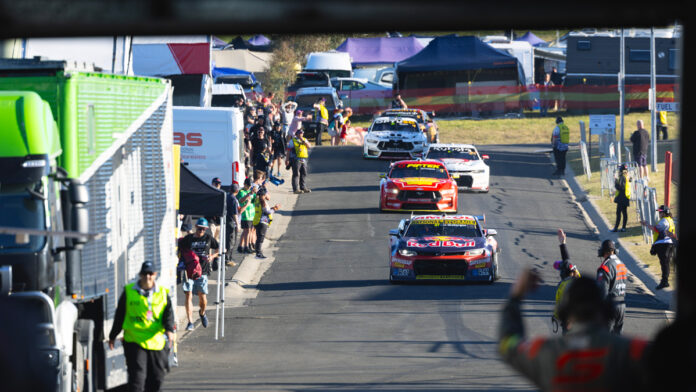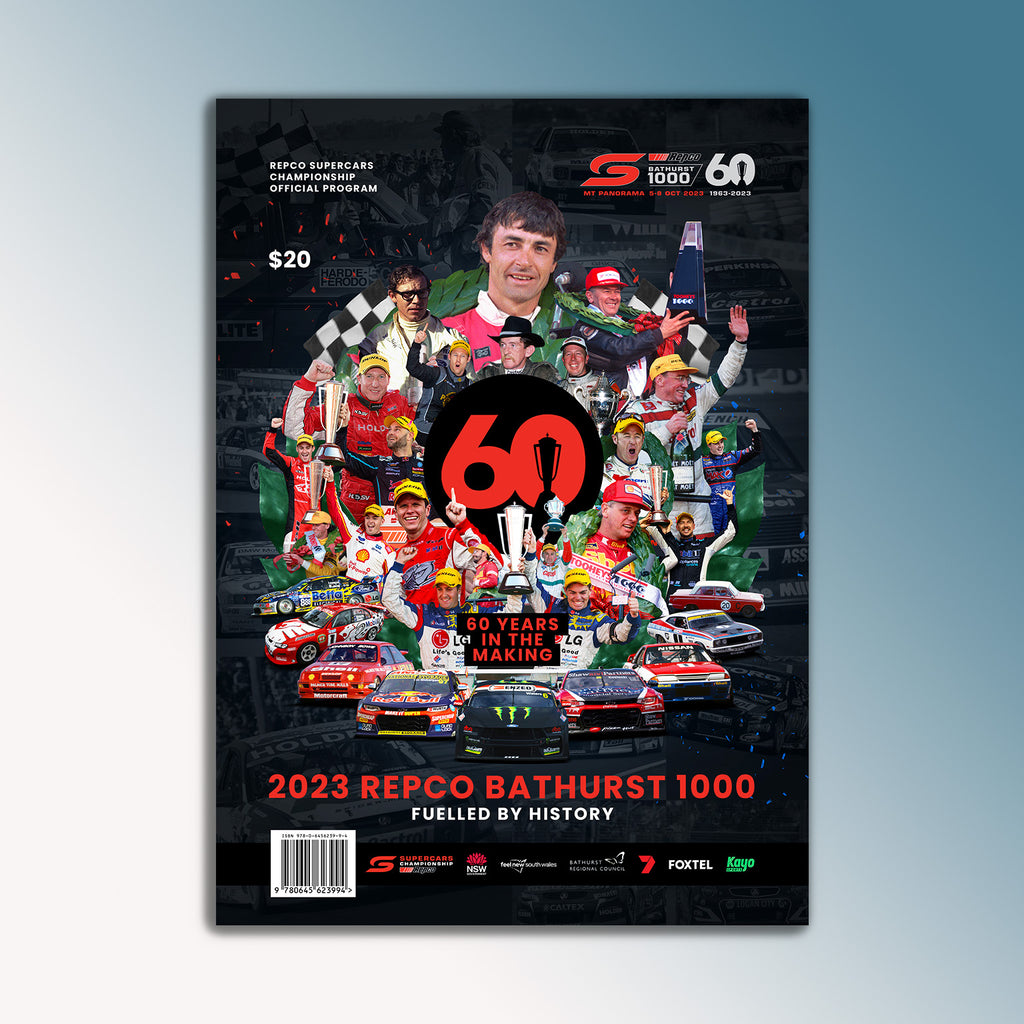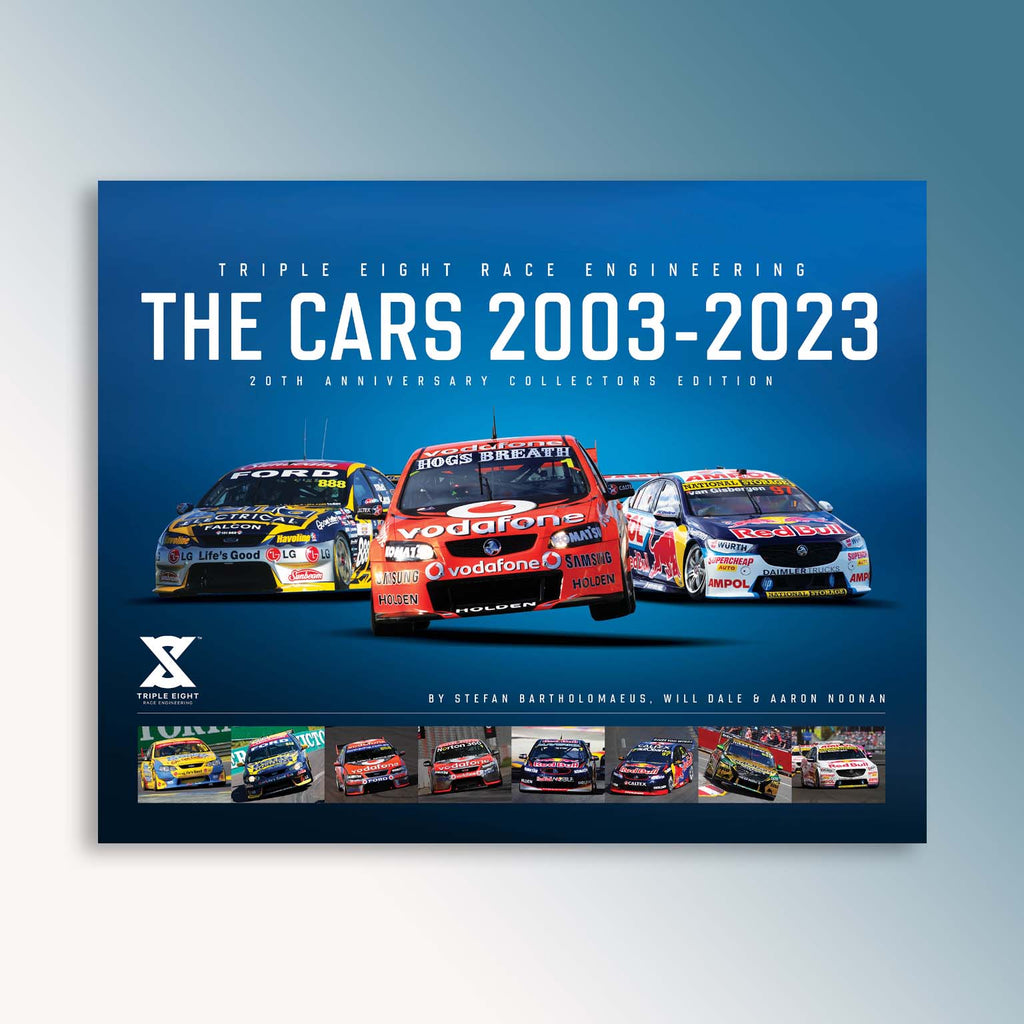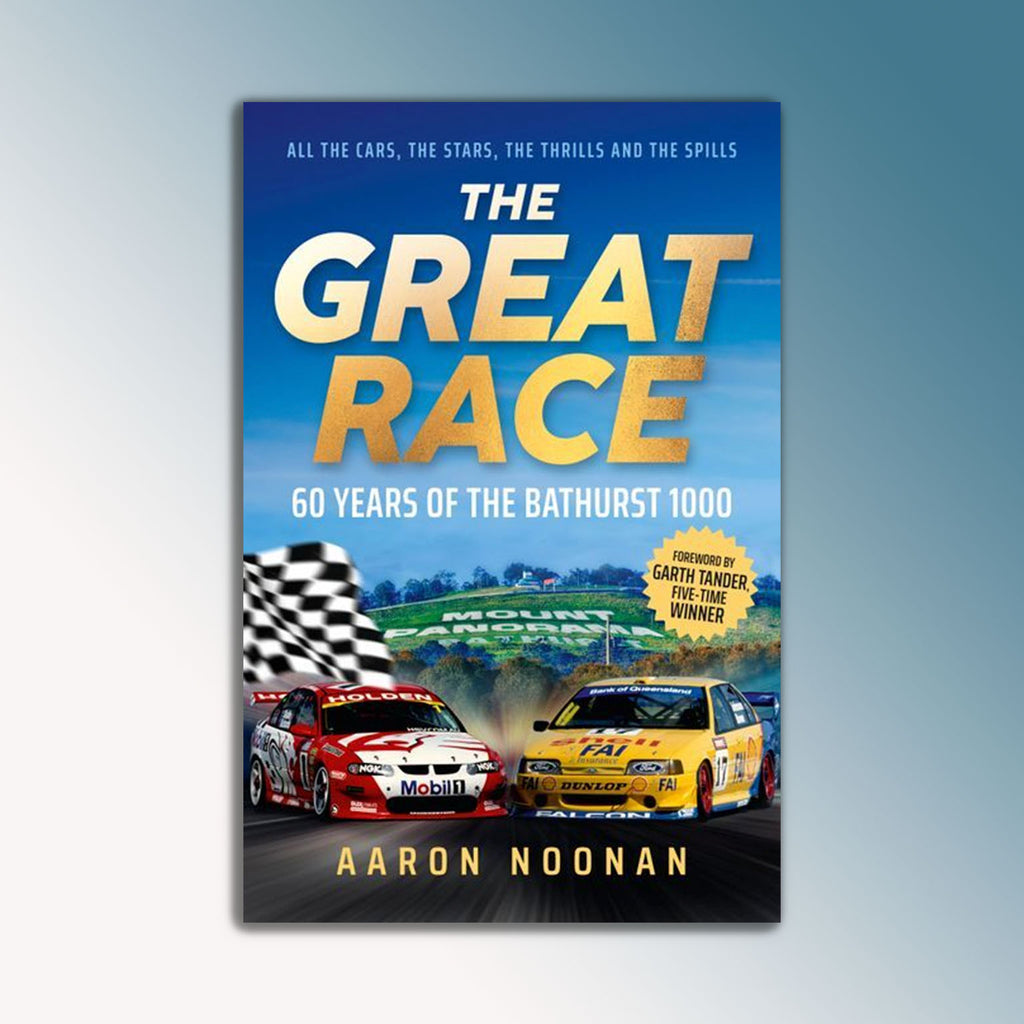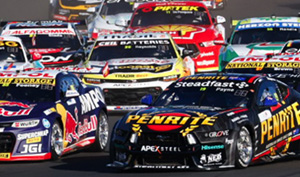V8 Sleuth’s Stefan Bartholomaeus reflects on the key talking points from the 2023 Repco Bathurst 1000.
Into the Storm
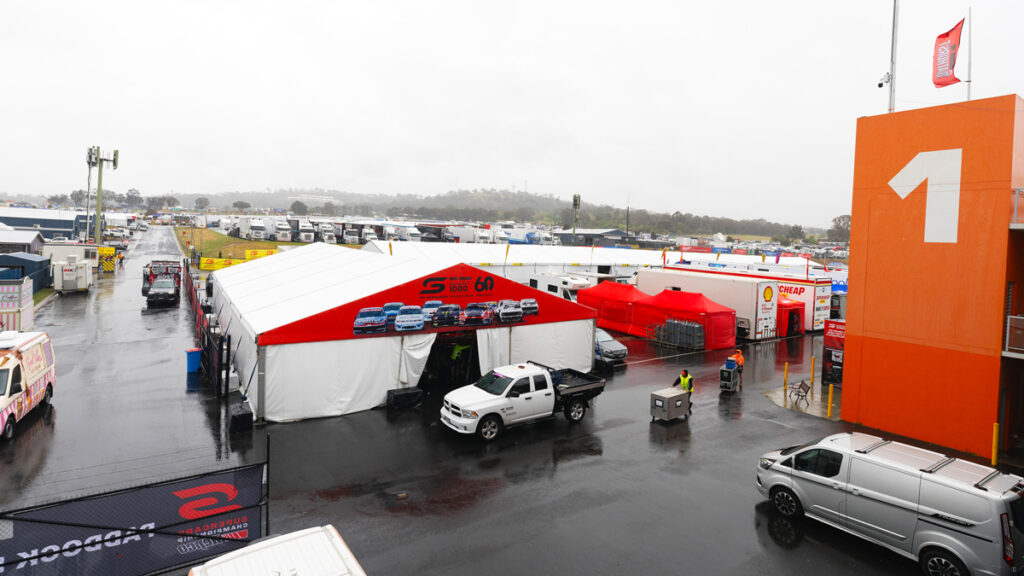
The 60th anniversary Great Race at Bathurst was promoted as a celebration. And yet on Wednesday of race week, it felt anything but.
The prevailing mood was one of angst and confusion, as the year-long parity debate elevated to a new level on the sport’s biggest stage. Ford teams were demanding change and carried with them the parts to supply it. Chevrolet teams – or most of them, anyway – wanted the rules followed, and the rest of us tried to work out what those rules actually were.
Team bosses played political chess in various clandestine meetings, which took place against a backdrop of heavy rain and an afternoon power outage. That left the sport’s true heroes, the hard-working engineers and mechanics, to set up their makeshift Mountain homes under temporary lighting, as drivers went about their PR duties and looked to journalists for information on what indeed was going on.
Amid all this, Allan Moffat’s 1977 Bathurst-winning Falcon – a monument to Ford’s finest hour on the Mountain – sat forlornly in the rain at the back of the garages, parked partway through a journey from the museum to TV-land. This momentarily forgotten treasure’s plight was a poignant reminder of the celebration this was all supposed to be, and the priorities that were overpowering it.
The parity madness was not officially over until Thursday morning, when a pair of pointedly-worded statements from Ford and its teams announced the somewhat obvious stalemate conclusion. Thankfully track action was not far away by that point, leaving one little time to digest the irony that the first Great Race without Holden felt so bitterly divided along brand lines.
It was hard to know if the true spirit of Bathurst was dead, or more alive than ever.
A Day at the Races
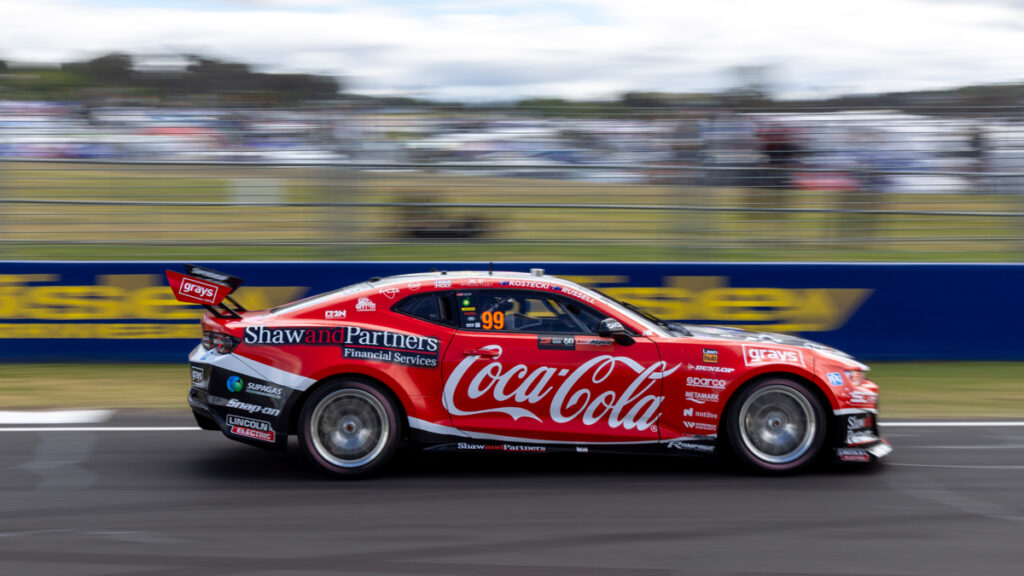
The star of the build-up to race day was the #99 Erebus Camaro of Brodie Kostecki and David Russell, which ended Thursday, Friday and Saturday at the top of the order.
There were two laps in particular that stood out.
The first was a 2:05.6826s set by Russell on just his third flying lap of co-driver practice on Thursday. Even an hour later, no co-driver had gotten to within six-tenths of that time. Amid the backdrop of parity politics and accusations that some unnamed teams – read, Triple Eight – were sandbagging, it was clear that Erebus was out to bludgeon the field to death.
The other eyebrow-raiser, of course, was Kostecki’s 2:04.2719s effort in the Top 10 Shootout, which produced the biggest margin in a dry-weather Bathurst run-off since Greg Murphy’s Lap of the Gods 20 years earlier. If it had not been for a rather large mistake at Hell Corner, Kostecki’s lap may well have been in the ‘threes’ and truly gone down in Bathurst folklore.
As it turned out, Kostecki and Russell had a strong car on race day too, and they both drove superbly. However, a mid-race strategic misjudgement put them on the back foot, and the pace advantage they’d shown all week wasn’t there to dig them out when it mattered.
Had they been too focused on creating a one-lap weapon? Or was it simply not their day? Either way, Erebus lost the fight at Bathurst, but a second place was a major step towards winning the war – both in the drivers’ and the teams’ championships. It’s beginning to feel like their year.
Any Given Sunday
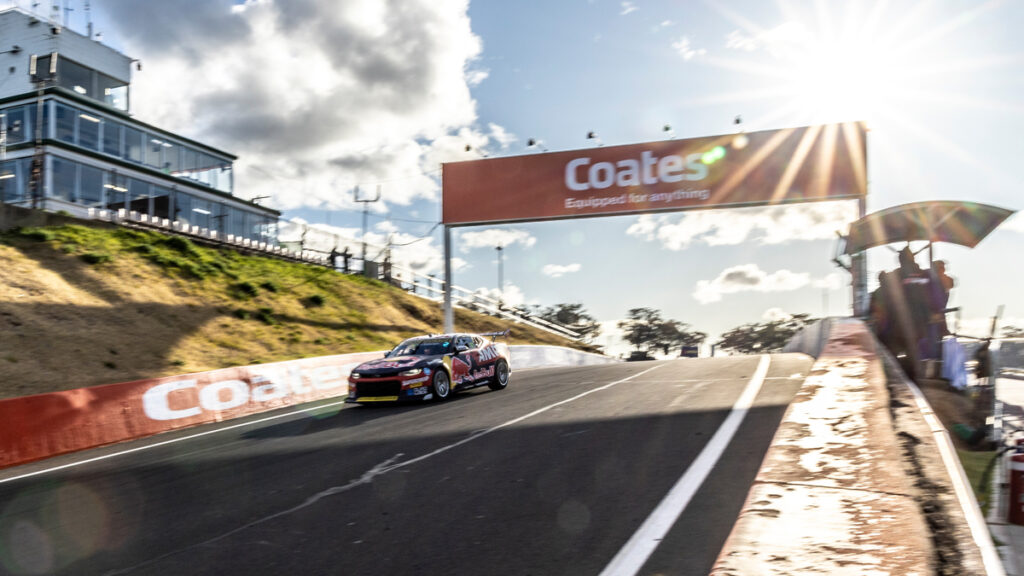
The tempo of race week had been rather different for Shane van Gisbergen and Richie Stanaway.
To those on the outside, their build-up was unconvincing as van Gisbergen struggled to even put a complete lap together in practice. He was 15th in the Thursday session, 19th on Friday morning and in the afternoon almost missed the Top 10 Shootout entirely with a scrappy run in qualifying.
But the team’s engineers were focused on race day, and also knew that, despite van Gisbergen’s strained relationship with the Gen3 machinery, he tends to deliver when it counts. Team manager Mark Dutton quipped in the aftermath that they simply could have flown him in on Sunday morning.
At the end of 161 laps, the flag fell not only on van Gisbergen’s third Bathurst win in four years, but his unbroken run of 17 Great Race starts ahead of a move to the United States. Sunday’s performance was yet another reminder of the evolution of this remarkable driver over that span.
He teased us in those early years with raw speed and car control, but lacked the maturity to deal with the imperfect circumstances that racing so often delivers. And just as he’s rounded his race craft over those years, so too has he turned into an on-the-fly problem solver like none we’ve seen before.
While his feel for the machine may be a double-edged sword that detects otherwise unknown issues as well as solves them, van Gisbergen’s effort to drive a car he doesn’t like, in a conservative, tyre-friendly way that he doesn’t want to, while nursing its various failings was some kind of masterclass.
And then there was Stanaway, whose own story arc from rising star to chastised recluse and back again is so layered, so nuanced and complex that it’s impossible to do justice to it here. He not only showed his range of skills in the car on Sunday, but another dimension off it. The tears in Richie’s eyes as he hugged his father after the finish was as heart-warming a moment as sport can deliver.
Up Heartbreak Hill
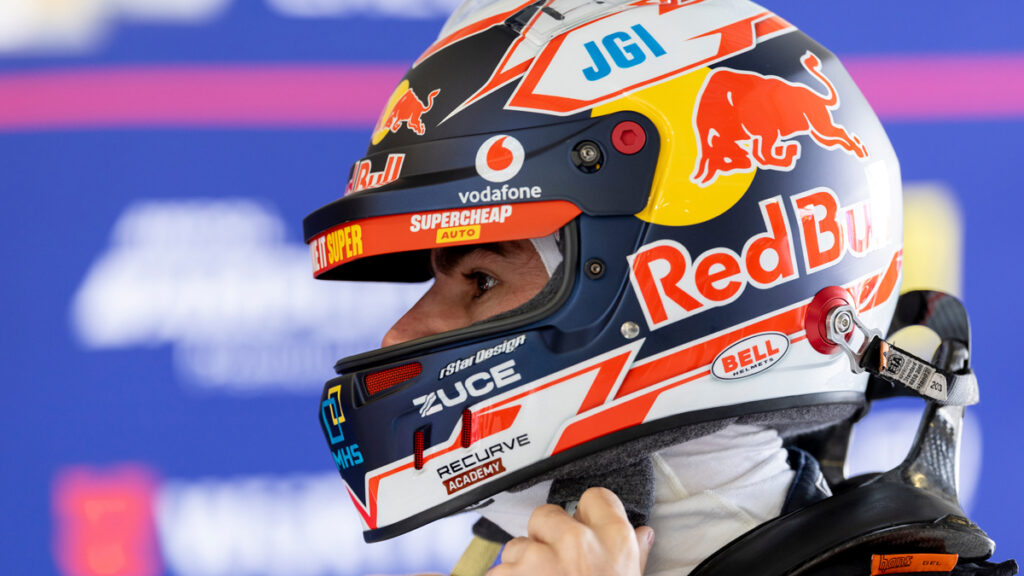
The flipside of the Triple Eight tale was the heartbreak of Broc Feeney.
Since being thrust into the seemingly unfillable shoes of the GOAT, Jamie Whincup, as a 19-year-old last season, Feeney has delivered time and again. He’s repaid the team’s faith by shining brightest on the big stages, already chalking up wins in the Adelaide 500 and Sandown 500.
But on Sunday at Bathurst, it was the team that let him down. The powerhouse that engineered the Gen3 platform for the entire category stumbled in a spectacular way as two of its three cars were felled by the same issue, and the winner came within a whisker of the same fate.
It appears there have been multiple upgrades to the control gearshift lever mounting since the Gen3 cars rolled out in Newcastle. Triple Eight designed the first and adopted it, but opted against a more comprehensive second solution later put forward by Erebus, believing it knew best.
The details of all that were of little importance to Feeney as he bravely fronted TV cameras while the race continued without him. This devastated driver was almost unrecognisable to an audience that had only known the young star as an energetic and ever-smiling kid living his dream.
But in its own way, this was the kind of happening that connects a star to the public like nothing else can. For a brief moment, there was no Chevrolet, no Ford, and no arguments. Everyone was a Broc Feeney fan, carrying empathy for his pain, and optimism for his obviously bright future.
Walk, Don’t Run
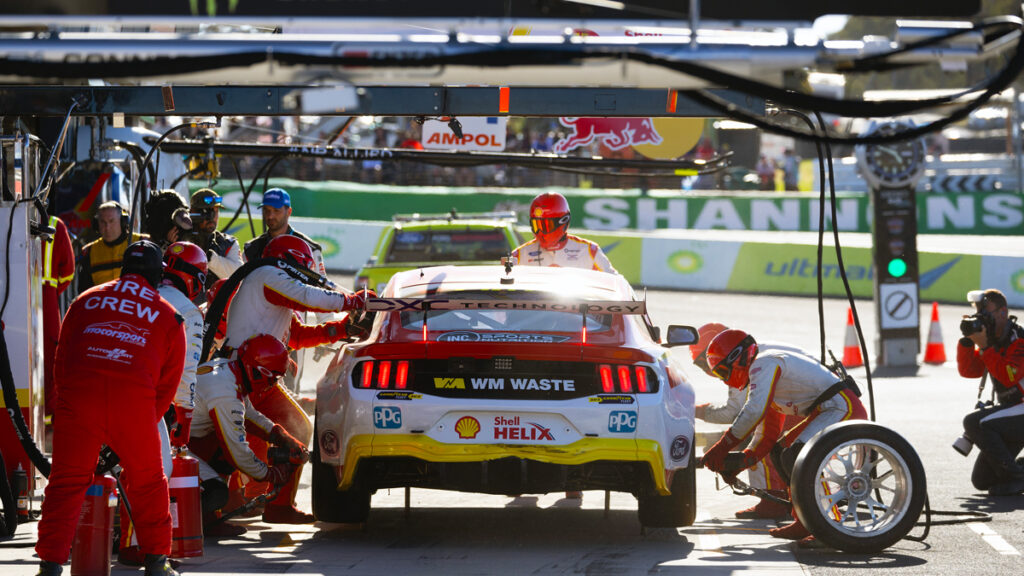
So, was it a good race, or a bad race? That depends on what you expect from a Bathurst 1000. What can be said with certainty is that it was a different race.
Gen3 and its various features changed the entire rhythm of the day. There was plenty of action in the first half, but when the guns got in for the run home, it remained a race of conservation – both of tyres and the various mechanical ailments that threatened to derail the top runners.
In some ways that made it an old-school Bathurst 1000. But what we’re used to in the modern era is a grandstand finish, where drivers push flat-out between Safety Car periods in an all-out bid for glory. This was not that, and it was hard to escape the feeling it was all a little flat because of it.
Those in power will have to work out how much of that was circumstantial, as a single Safety Car towards the end could have turned bland into a barn-burner, and which ingredients need fine-tuning. One early read is that taking Soft compound tyres to Bathurst was a mistake.
Dunlop deserves credit for the fact there were no issues with the rubber, but Supercars’ desire to ensure the low-downforce cars didn’t have their pants pulled down by qualifying comparisons to the obsolete machines in Super2 appeared to have driven a decision that was otherwise detrimental to the race-day spectacle.
For all the excitement over bigger fuel tanks and more strategic options afforded by the removal of compulsory pitstop requirements, the clearest example of a contender taking an alternative path – Erebus’ decision not to pit the #99 under the third Safety Car – left it with a deficit it could never recover on track.
And then there was the long-lamented pitlane double-stacking between teammates, which has been made even worse by the longer fill times, and twice crushed the #88 as it waited behind #97. In a race where primary drivers are prevented from teaming up so that there are more cars with a chance of winning, the double-stack is a blight on the competition with no perfect solution.
So, that was Bathurst, 2023-style. An event that celebrated the old, ushered in the new, and left us all with plenty to ponder about where it all goes next.


